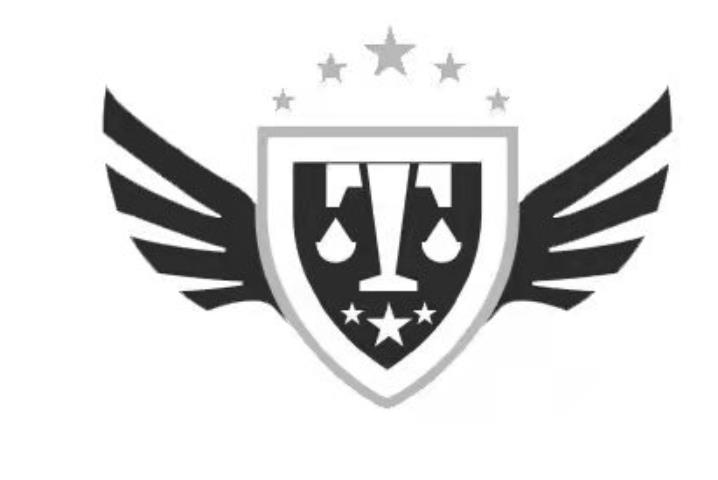What can penetrate a Riot Shield ?
A riot shield is a specialized piece of equipment used by law enforcement and riot control teams to provide protection against various threats encountered during riots or civil disturbances. While riot shields are designed to be highly resistant to penetration, there are certain factors that can potentially overcome their protective capabilities.
1. Impact and Force: Riot shields are primarily designed to withstand blunt force and impact from objects such as rocks, bricks, or batons. They are typically made of strong, impact-resistant materials like polycarbonate or high-strength plastics. However, extremely powerful or concentrated impacts, such as those from heavy machinery or firearms, can potentially penetrate or compromise the integrity of a riot shield.
2. Projectile Velocity: Riot shields are effective against low-velocity projectiles commonly encountered in riot situations, such as thrown bottles or rocks. The shield's design and material composition are specifically engineered to absorb and distribute the force of such projectiles, minimizing the risk of penetration. However, high-velocity projectiles, such as bullets from firearms, can surpass the shield's protective capabilities. Riot shields are not designed to provide ballistic protection against firearms, and they lack the necessary ballistic-resistant materials and construction to stop bullets.
3. Sharp or Pointed Objects: While riot shields are effective at protecting against blunt force, they may be more vulnerable to sharp or pointed objects. Sharp objects like knives or ice picks can potentially penetrate the shield's surface if enough force is applied or if the material is compromised. However, riot shields are often reinforced with additional layers or coatings to enhance their resistance against sharp objects, reducing the likelihood of penetration.
4. Shield Integrity: The overall condition and integrity of the riot shield can also affect its resistance to penetration. Over time, repeated impacts or exposure to harsh conditions can weaken the shield's structure or cause cracks or fractures, making it more susceptible to penetration. Regular inspection, maintenance, and replacement of damaged or worn-out shields are essential to ensure their effectiveness and durability.
It's important to note that riot shields are primarily designed to provide protection against non-ballistic threats encountered in riot situations, such as thrown objects or blunt force impacts. For protection against firearms, law enforcement personnel would require specialized ballistic shields or body armor designed to withstand gunfire.
In summary, while riot shields are effective at providing protection against a range of threats encountered during riots, they have limitations. They are designed to withstand blunt force impacts and low-velocity projectiles but are not intended to provide ballistic protection against firearms. Understanding these limitations and using appropriate protective equipment for specific threats is crucial for the safety and effectiveness of law enforcement personnel in riot control scenarios.
اللغة
- الإنكليزية
- الفرنسية
- الأسبانية
- البرتغالية
- Pусский
- إستي
- ภาษาไทย
- والسواحيليه
- ملايو
- كاتالا
- تورك
- البهاسا اندونيسيا
- български
- اردو
- الماني
- فارسی
- עִברִית
- ελληνικά
- بوسانسكي
- اللغة العربية


.jpg)

